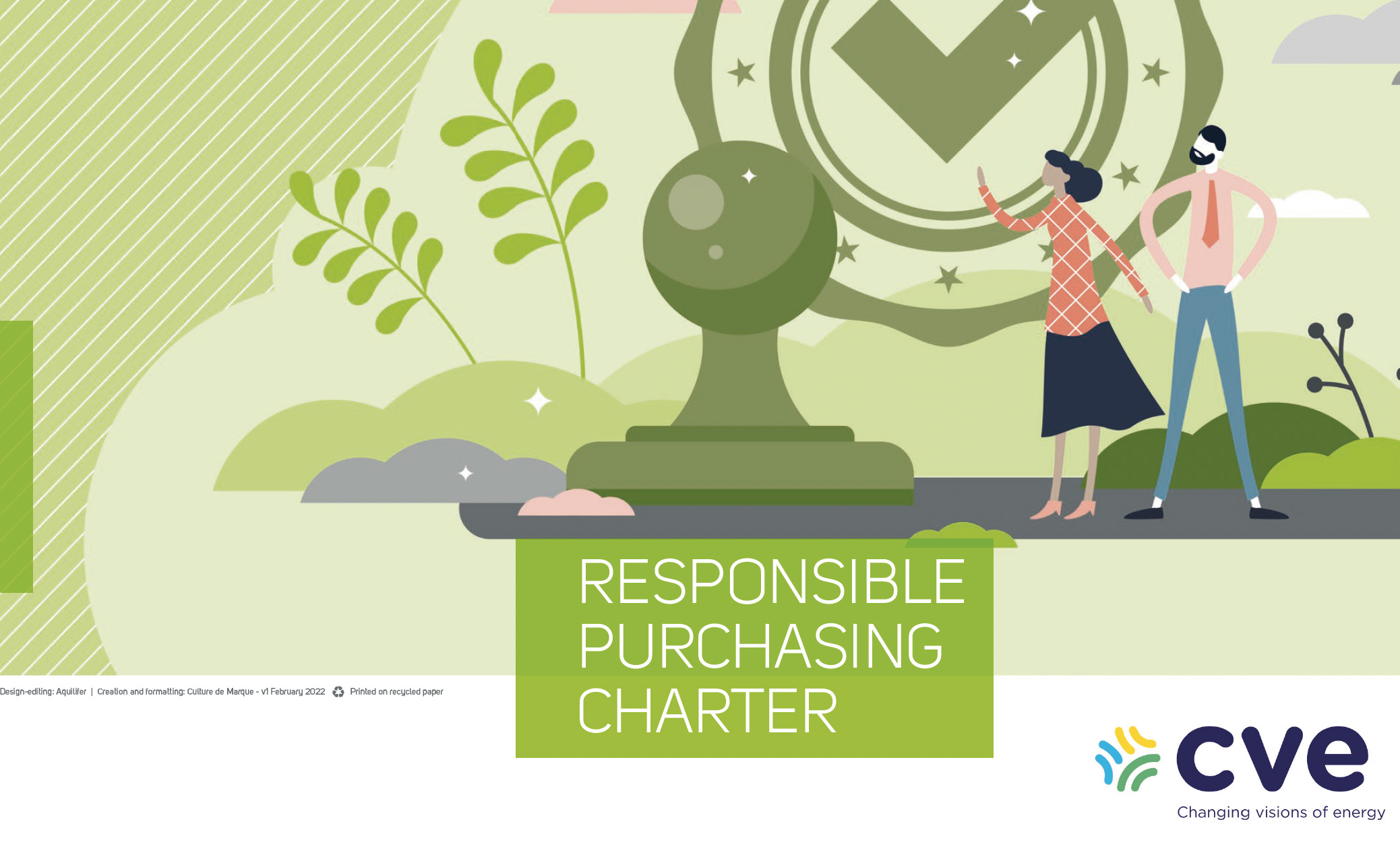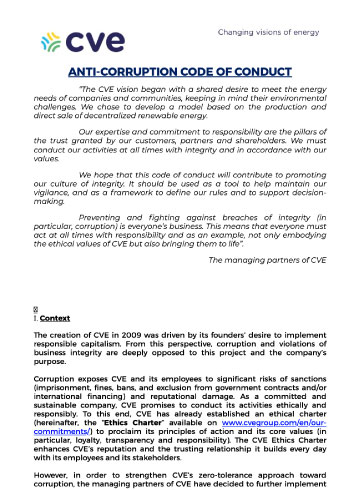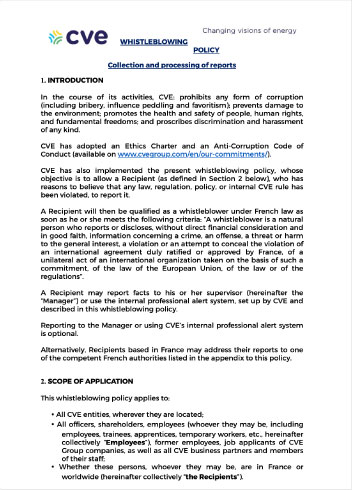Understanding our customers’ needs and expectations
At CVE, our strategy and solutions aim to speed up energy transition in each market segment in which we operate: businesses, farmers, local authorities and energy providers. Because each customer is different, we always start by assessing each customer’s needs and seek to offer the best solutions.
In addition to meeting each customer’s specific requirements, our solutions must also address the following issues:
– Renewable energy at an affordable price: significant reductions in the cost of renewable energy mean that cost competitive green solutions are now within everyone’s reach
– A stable long-term energy supply, allowing customers to control their bills
– Services to help customers adopt greener energy usage over time. These services include green gas and in the future will include low-carbon mobility
– Customer service to make life easier for customers: advice at the planning stage, high-quality and on-time project delivery, and monitoring of production and billing.
Turn your biowaste into renewable energy
The ecological, geopolitical and economic challenges facing us today are threefold, leading us to rethink the role of renewable energies in the energy landscape:
– Reduce and control energy bills
– Reduce CO2 emissions
– Ensuring our energy independence
Biomethane is a powerful lever for meeting this triple challenge.
In France, CVE is developing a strategy for the biogas market through its subsidiary CVE Biogaz, focusing on the deployment of methanization units dedicated to the recovery of local organic waste streams. We enable local authorities and manufacturers to produce local and sustainable energy by recycling their organic waste in a circular economy and develop and operate methanization projects, anchored in the local area, in a circular economy approach.
We are also using our innovation capabilities to work on future methods of producing biogas using bioCO2 and on coupling them with filling stations that use our liquid biomethane.
Upstream of our biogas units, we have developed solutions for collecting and recovering organic waste, through our Ecovalim brand. Downstream, we produce organic fertilizers for farmers along with a range of services including spreading via our RegeneR brand.
Today, CVE Biogaz is the only independent player in France to control the entire biogas value chain in-house, from the collection and deconditioning of organic matter to its conversion into biomethane and natural organic fertilizer.
The advantages of our biogas solution
– Green Energy Production: Our biogas plant produces clean, renewable energy, reducing dependence on fossil fuels and greenhouse gas emissions.
– High-quality natural fertilizer: The digestate resulting from the anaerobic digestion process is a nutrient-rich natural fertilizer, offering an ecological alternative to chemical fertilizers.
– Sustainable waste management: By transforming organic waste into energy, we contribute to responsible waste management.
– Local involvement: By using raw materials from local sources, we promote local economic development and strengthen ties with surrounding communities. We are perfectly in tune with the dynamic of positive-energy territories seeking to become energy self-sufficient by producing renewable energies locally.
Learn more about biogas
Biogas addresses the energy transition we’re going through by taking a “circular economy” approach at the intersection of three businesses: organic materials treatment, green gas production, and agronomy, with organic soil amendment returned to the land.
Learn more about how a methanation unit works
Methanation is a natural biological process that recycles organic material into biogas. This process is also known as anaerobic digestion, because the material is processed in a hermetically sealed environment with no oxygen.
The waste is analyzed, prepared, processed, and then placed inside a “digester” or “methanizer”. It is then mixed together and heated. As they ferment, the bacteria turn the easily degradable organic material into biogas. Once purified, biogas takes the name of biomethane. That biomethane can then be odorized, checked by the gas network operator, and injected into the distribution network. Its characteristics and usages are exactly identical to those of natural gas, and it is impossible to tell it apart from the natural gas it is mixed with.
Biogas is a combustible gas resulting from a biological reaction called methanation.
Biomethane, meanwhile, is the biogas that results from advanced purification.
For a preliminary study



